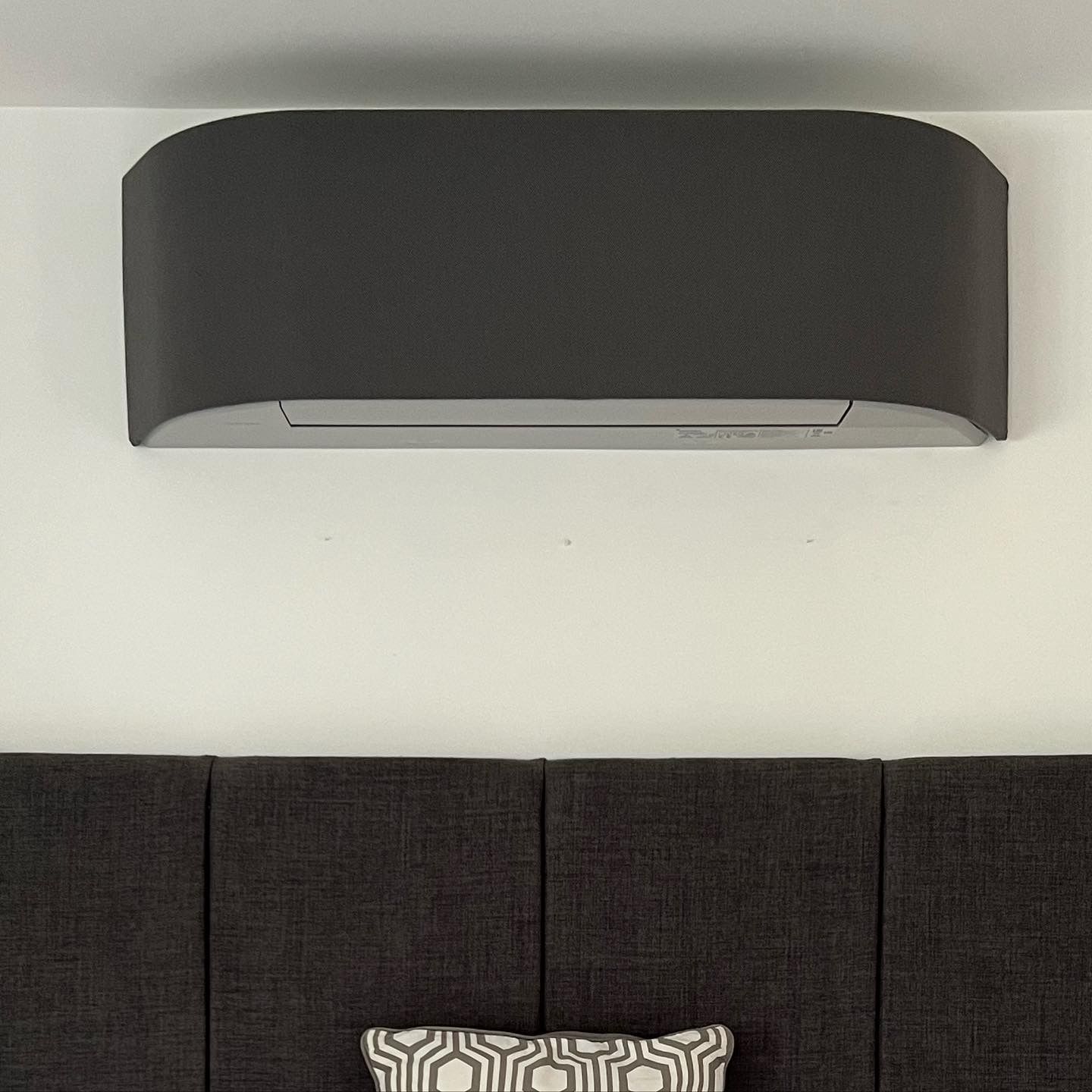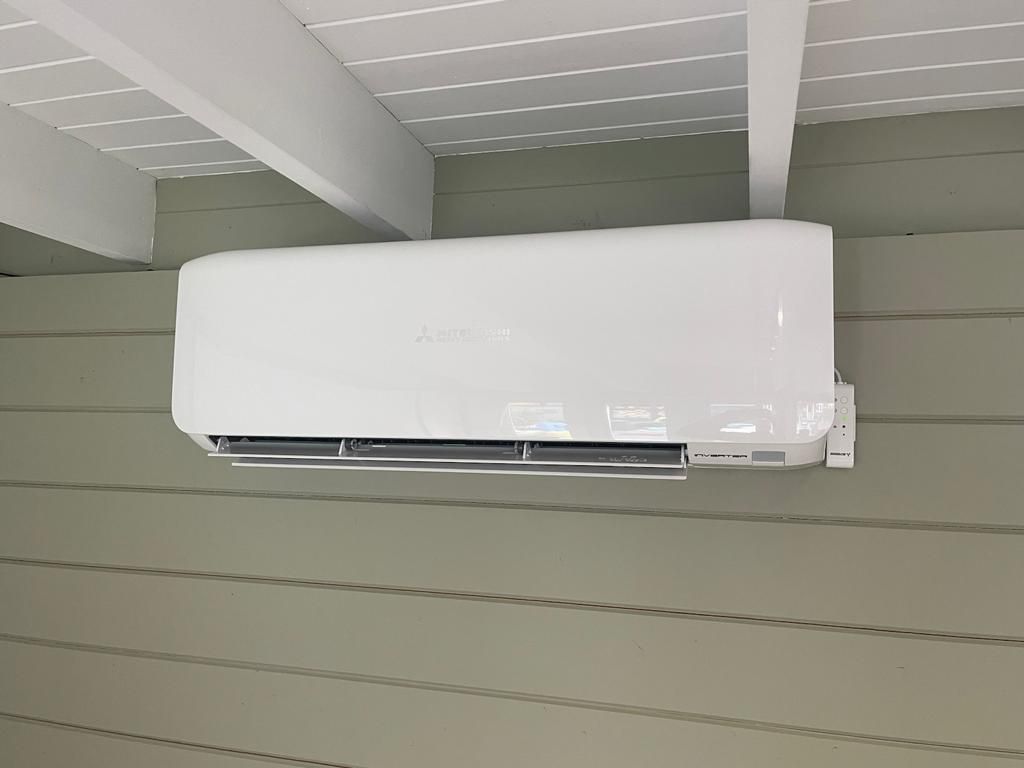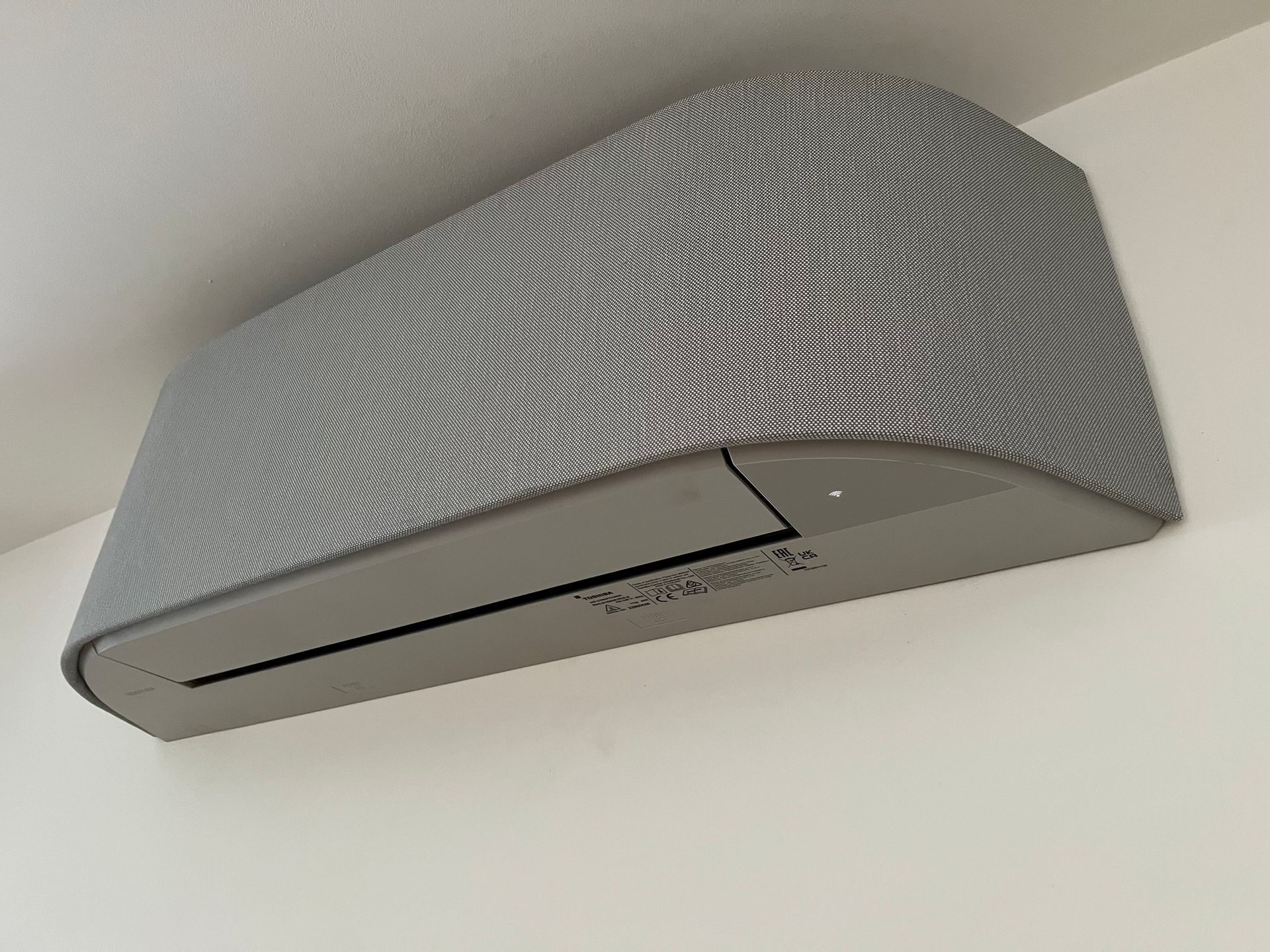What is the 'ideal temperature' of Air Conditioning systems?
The general answer is - whatever suits the individual! But, there are other more specific factors which can assist you if you're wondering about the 'perfect temperature' for your a/c system.
The ideal indoor temperature can vary depending on several factors, including the season, humidity levels, and the age and sex of the occupants(1). Here's a detailed overview:
Winter
During winter, maintaining a balance between comfort and energy efficiency is crucial:
Healthy Adults: The World Health Organization (WHO) recommends setting indoor temperatures to around 18°C for healthy, well-dressed individuals (2).
Elderly and Children: For older adults, young children, or those with health conditions, the ideal temperature is slightly warmer, around 20°C. (3)
Summer
In summer, the goal is to keep indoor spaces cool without excessive energy consumption:
General Recommendation: Aim to keep indoor temperatures between 20-22°C (4). If using air conditioning, you may wish to consider setting your setpoint to around 23-24°C to save energy while maintaining comfort. As a rule of thumb; the higher the ambient temperature, the higher your setpoint can be to still feel comfortable.
Humidity's Role
Humidity levels significantly impact perceived temperature and comfort (5).
High Humidity: Feels warmer, so maintaining an indoor relative humidity (RH) between 30-50% can help manage comfort efficiently (5).
Low Humidity: Can feel cooler but may cause dryness; using humidifiers in winter when heating is on can balance this. Water features, fish tanks/bowls and pot-plants located in the appropriate room can assist with this as well.
Gender and Age Considerations:
Men and Women: Studies indicate that women generally prefer slightly higher indoor temperatures than men. The average neutral temperature can be about 2-3°C higher for women.
Infants: Ideal room temperatures for infants range between 16-20°C to reduce risks associated with being too warm or cold (3).
Older Adults: Keeping main living areas around 20°C ensures comfort and reduces health risks linked to colder environments (3).
Tips to Maintain Ideal Temperature:
Insulation: Proper insulation helps maintain temperature consistency and reduce energy costs (4).
Ventilation: Ensuring good ventilation, especially in high humidity areas like kitchens and bathrooms, helps maintain comfort (5).
Smart Thermostats: Use smart thermostats to automatically adjust temperatures based on occupancy and time of day.
By balancing temperature and humidity, you can create a comfortable and healthy indoor environment for everyone.
(1) feta.co.uk
(2) www.zmescience.com
(3) www.britishgas.co.uk
(4) www.doubleglazingnetwork.com
(5) www.groundworks.com







